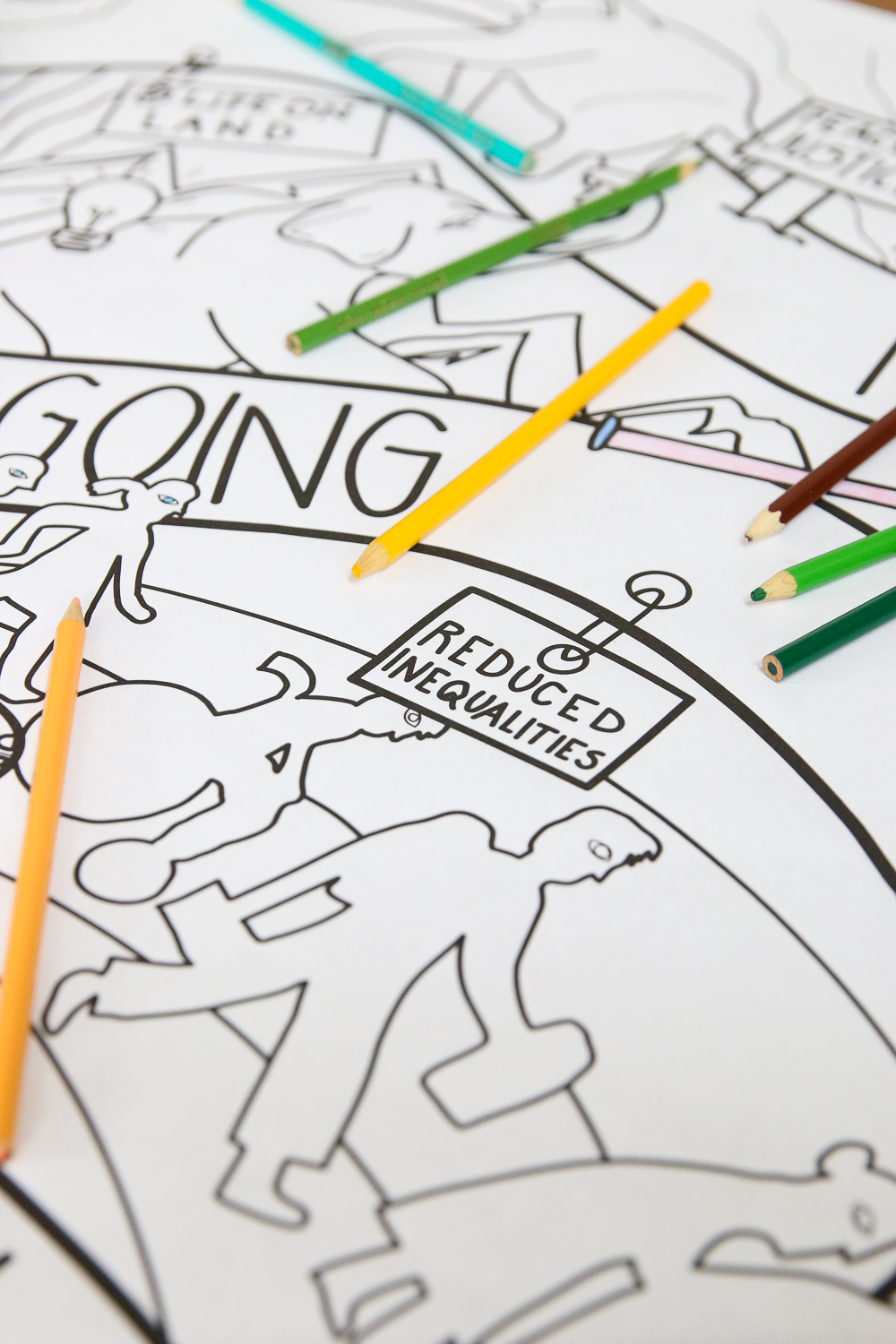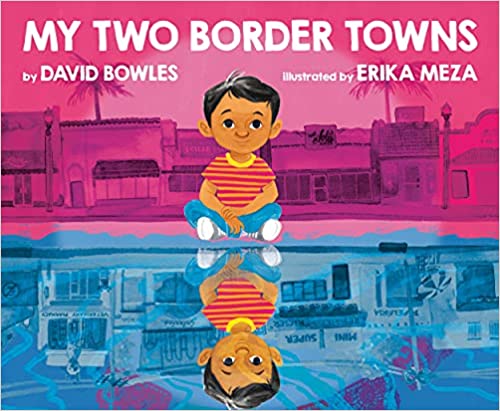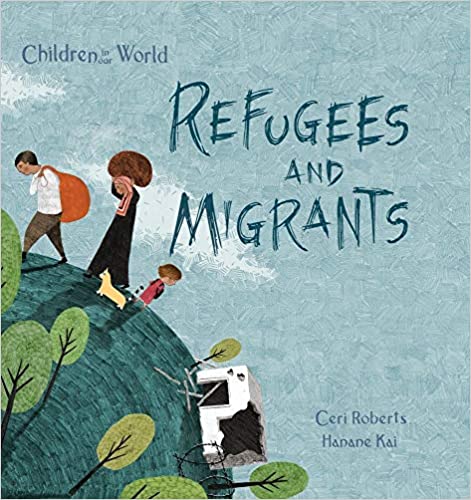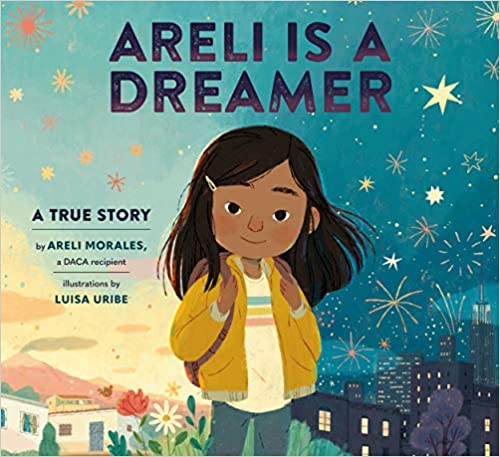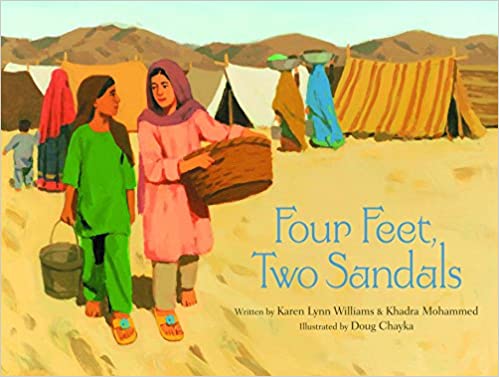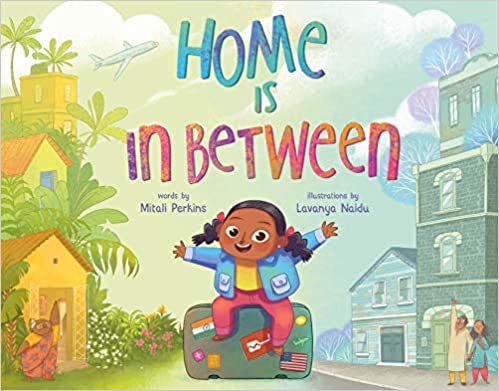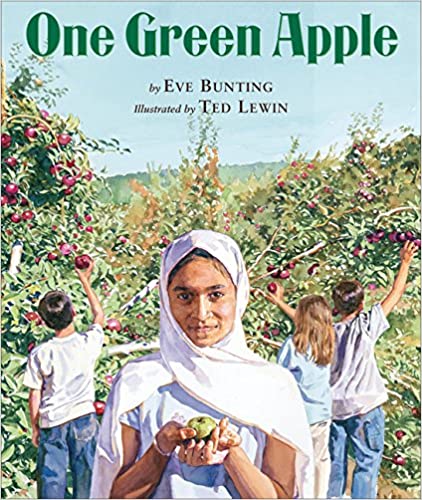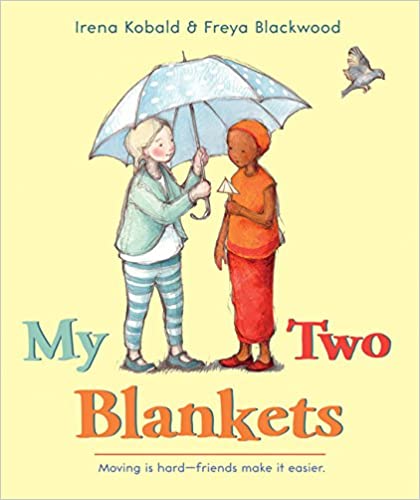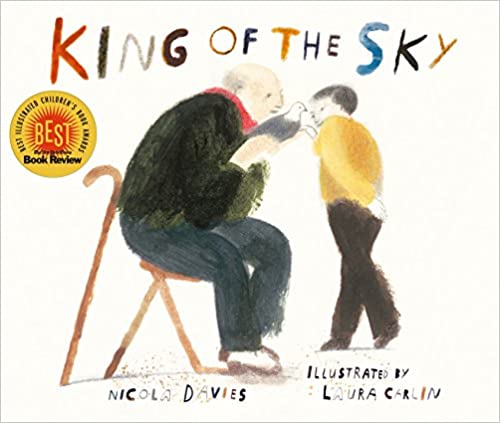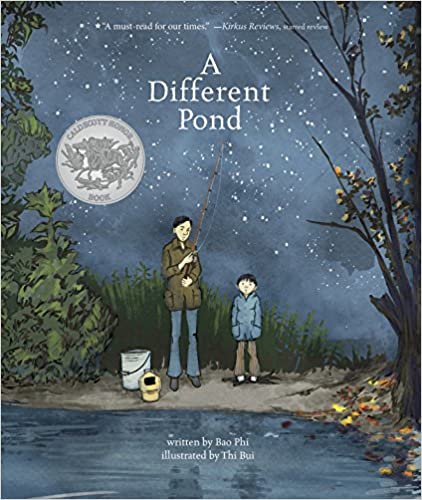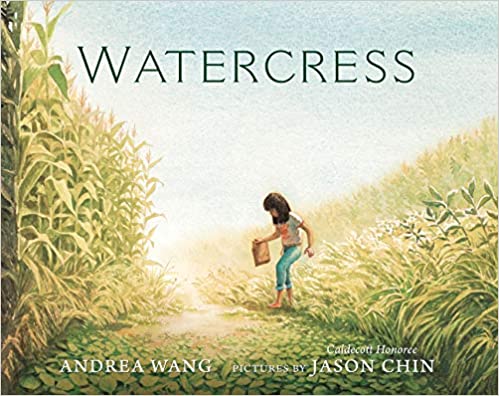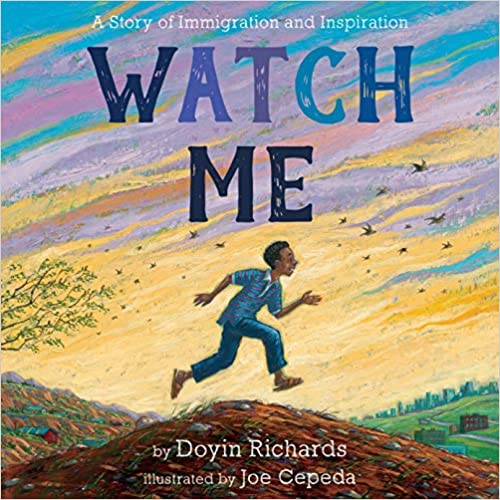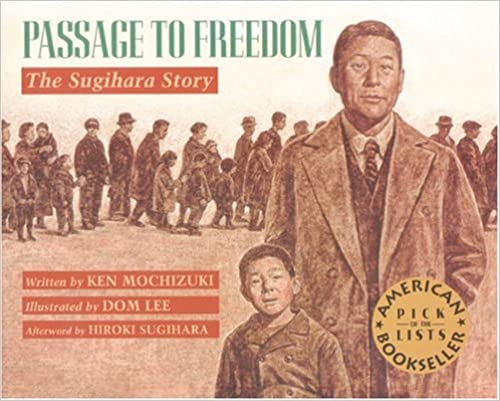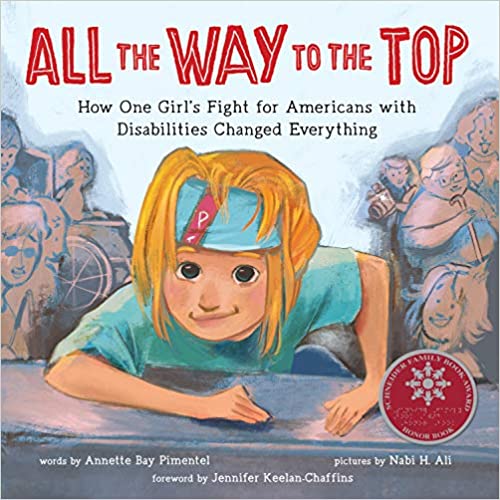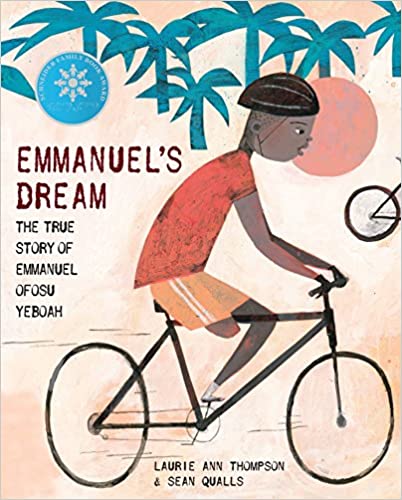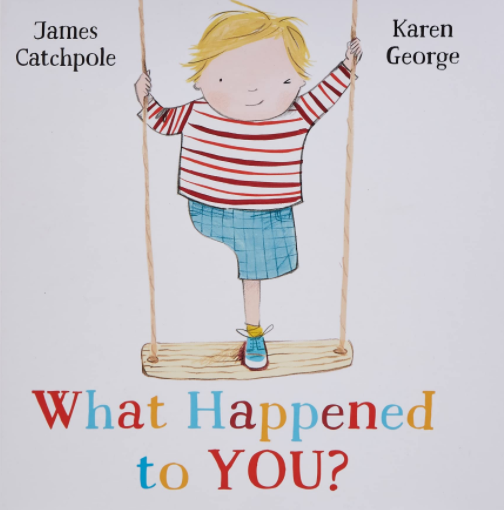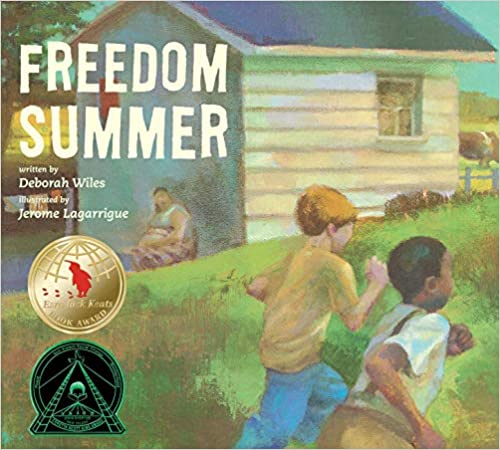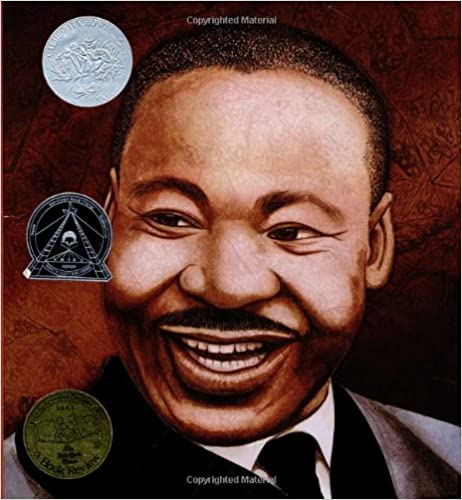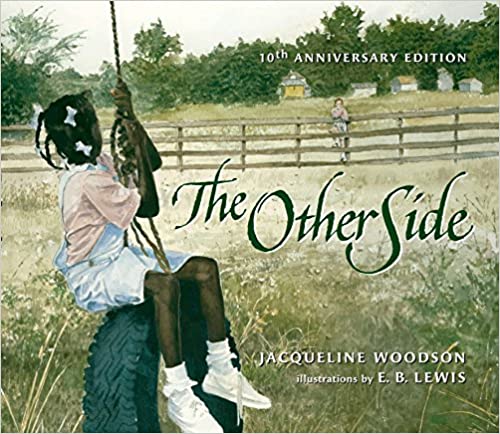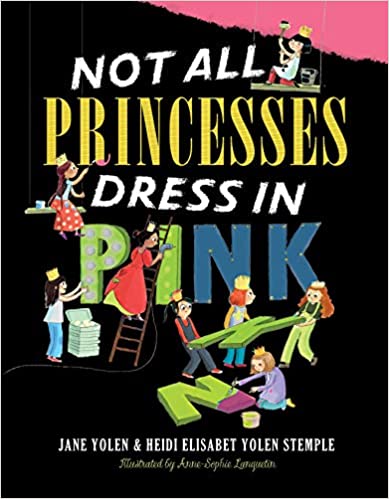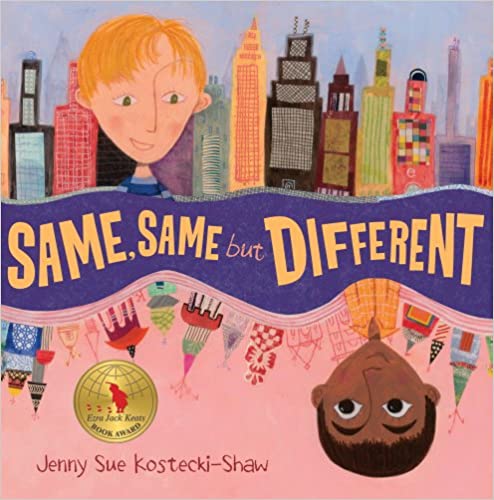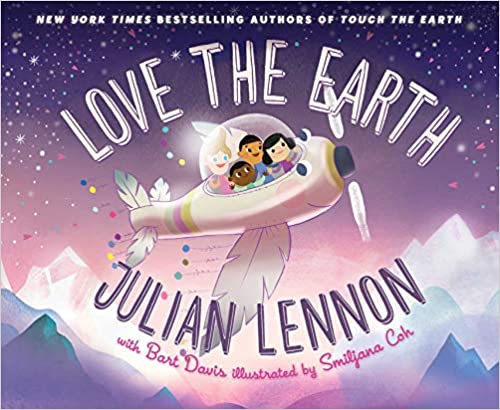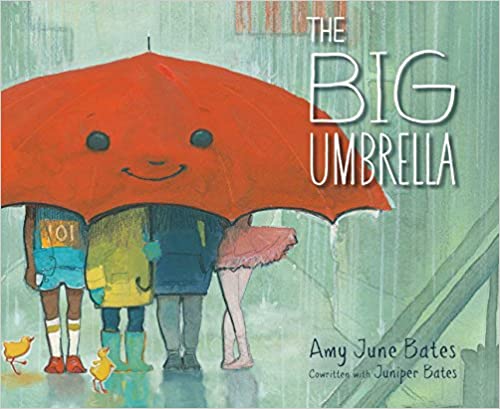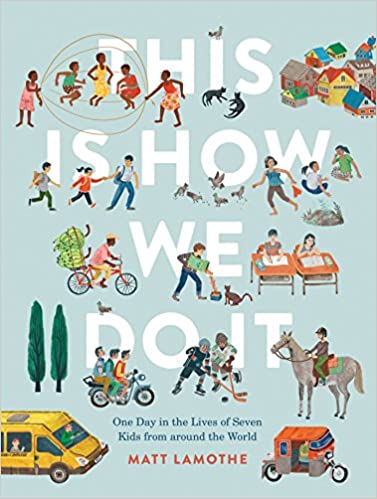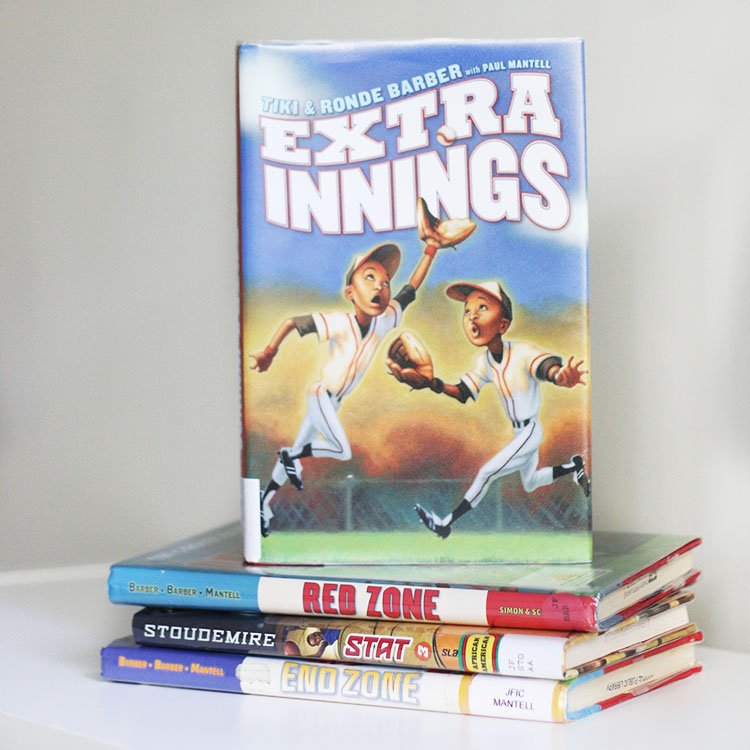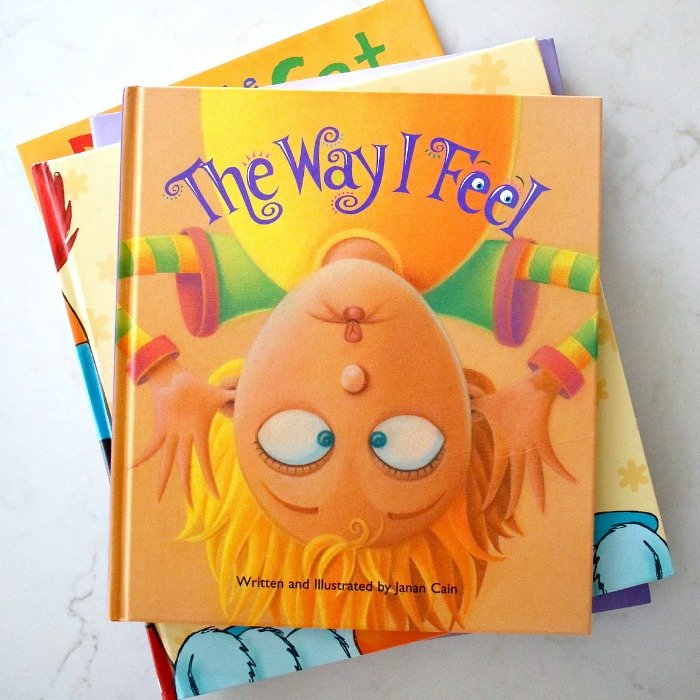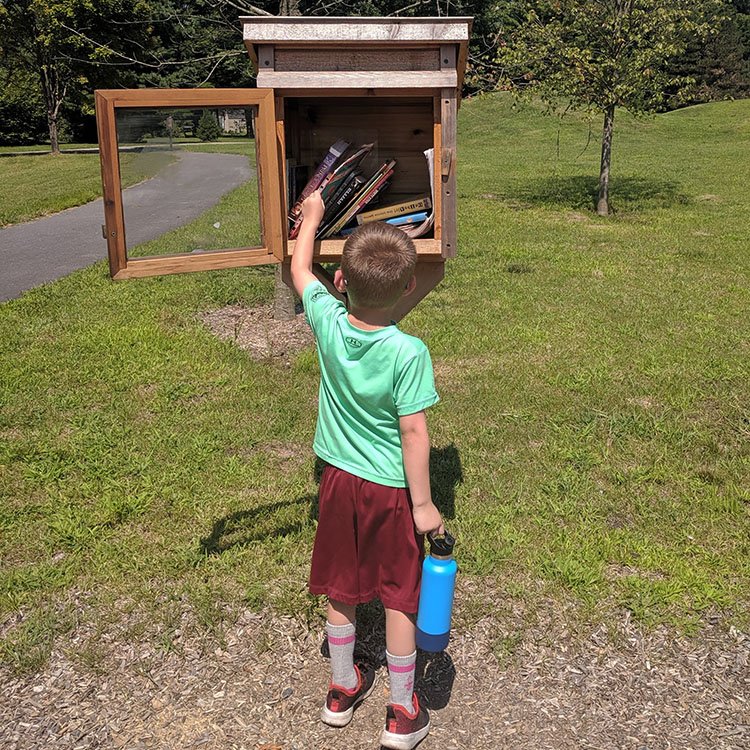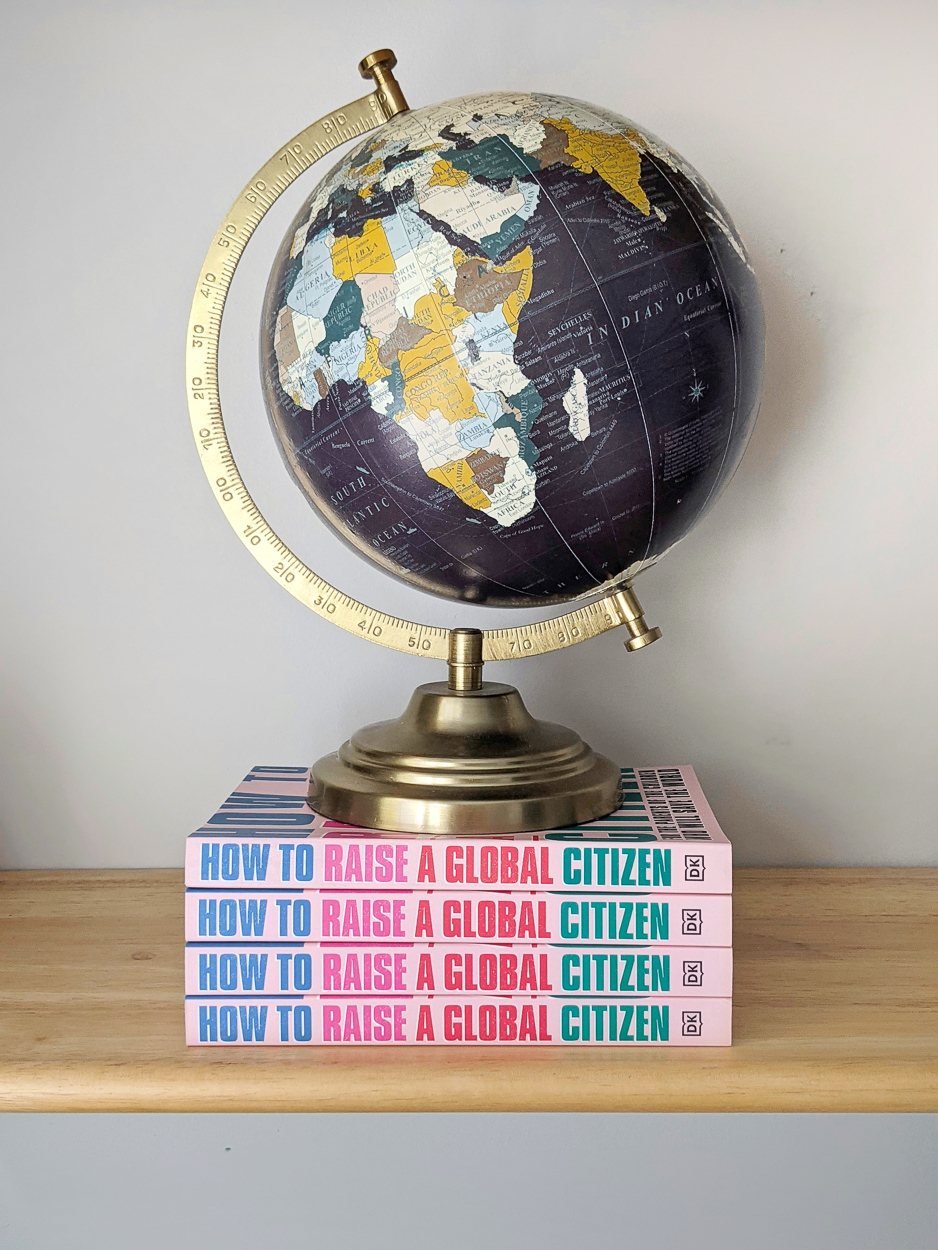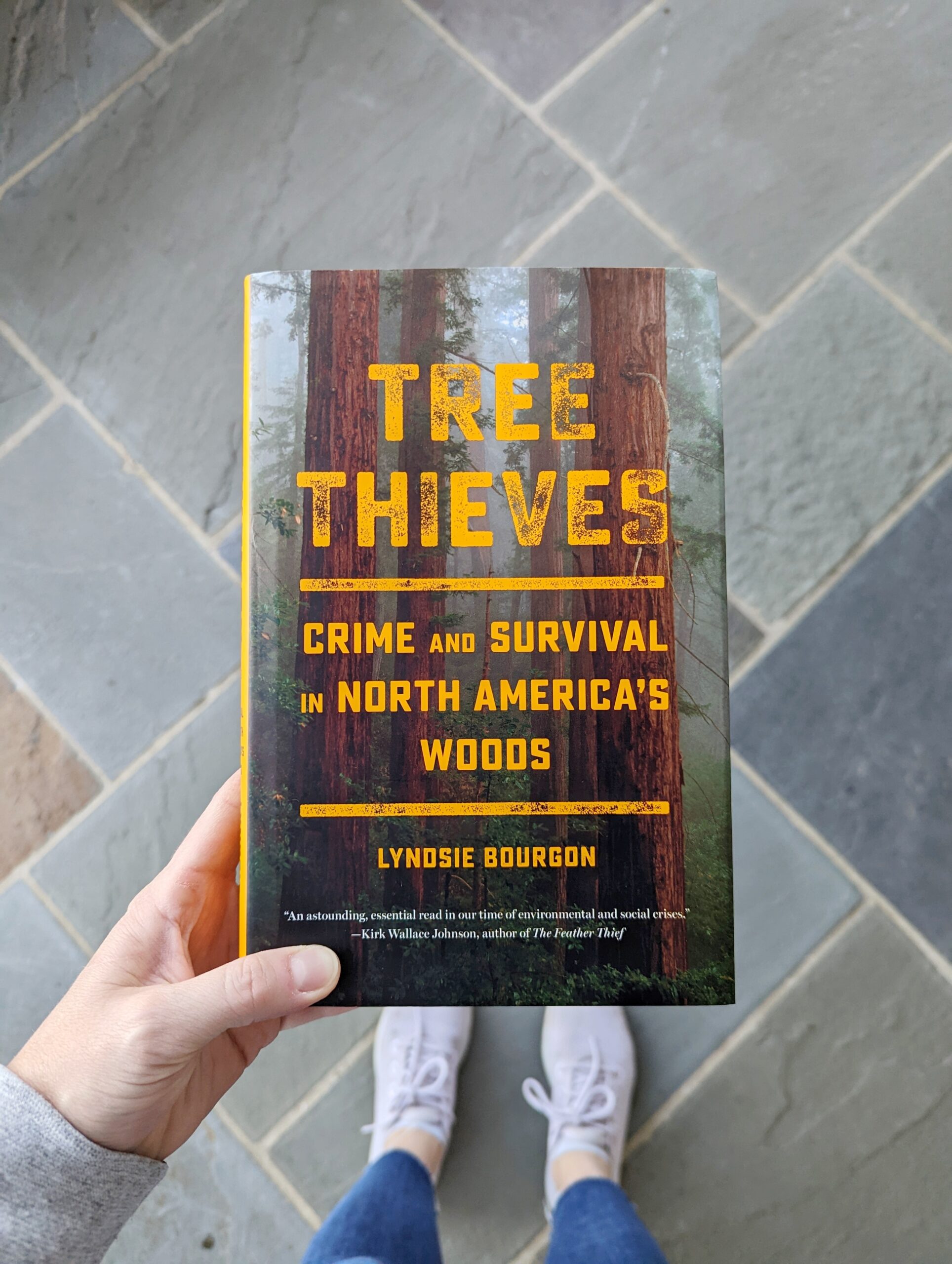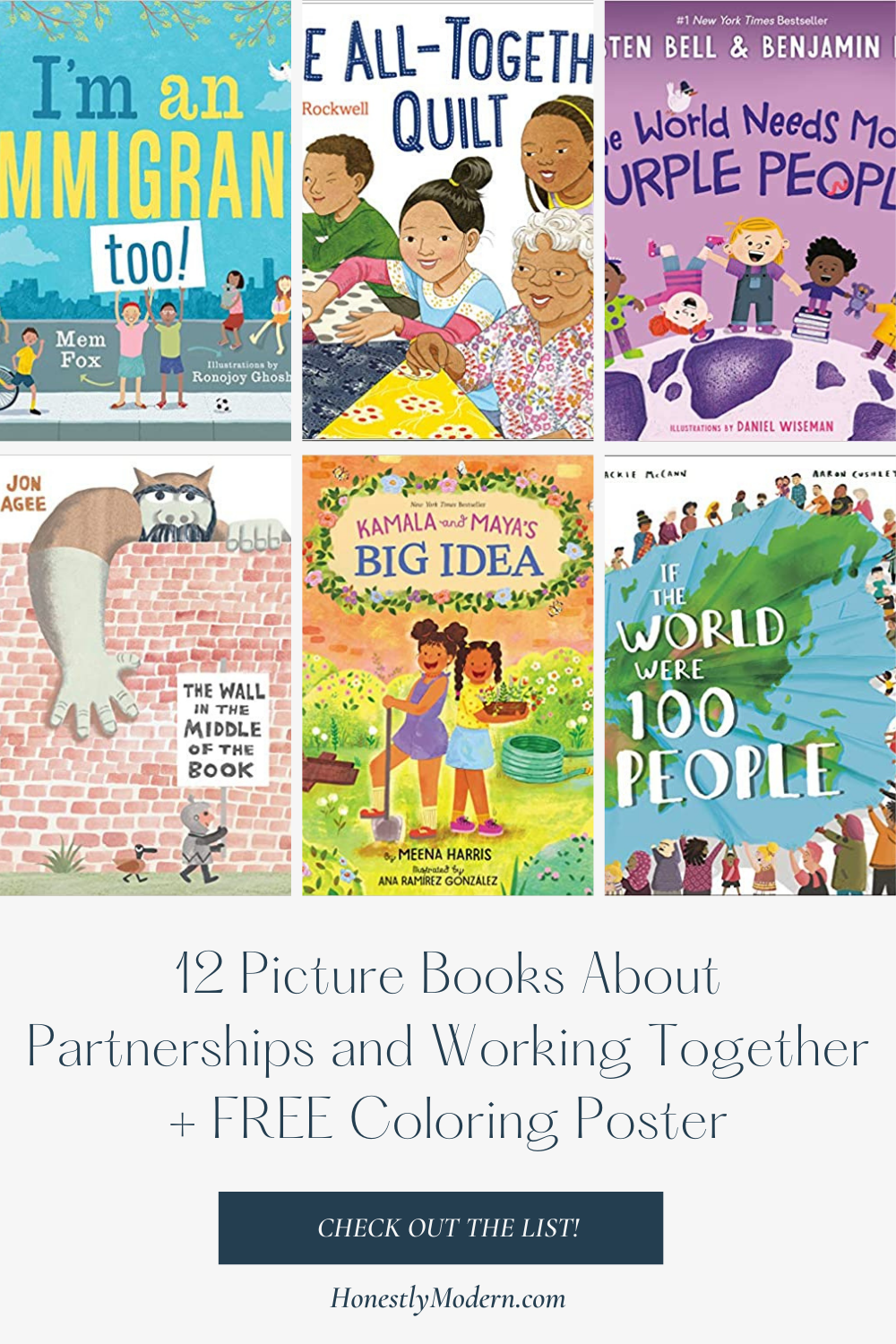Reduced Inequalities | Picture Book List For United Nations Sustainable Development Goal #10
Picture books are a great entry point to many difficult conversations with our kids. Read on for more about this creative project to help kids connect with and understand the global social and environmental justice goals as defined by the United Nations Sustainable Development Goals in an age-appropriate way.
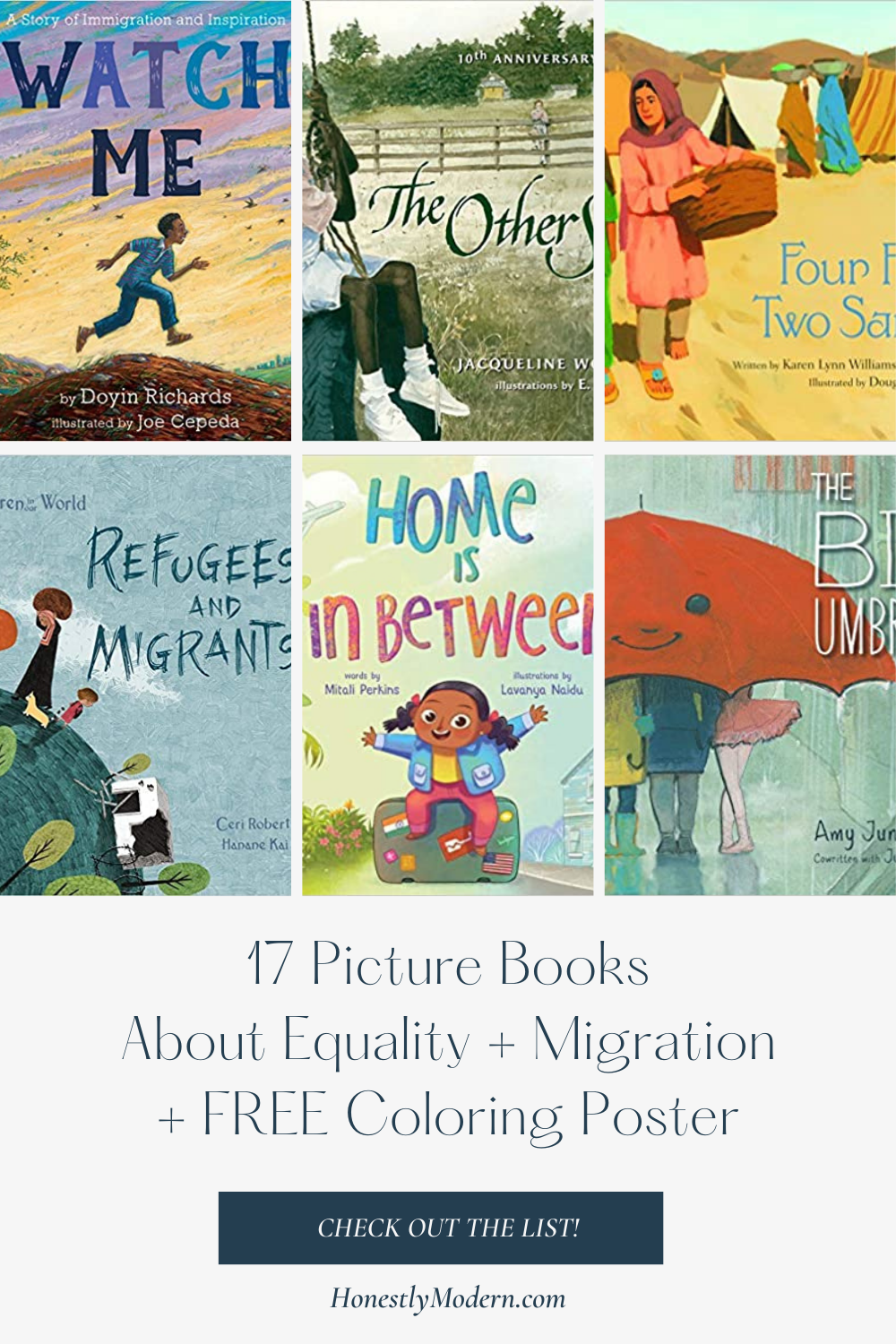
This picture book list is part of a series of picture book lists that align with the United Nations Sustainable Development Goals. We’ve created a picture book list for each of the 17 United Nations Sustainable Development Goals as well as a FREE coloring poster to track progress and explore the United Nations Sustainable Development Goals with kids.
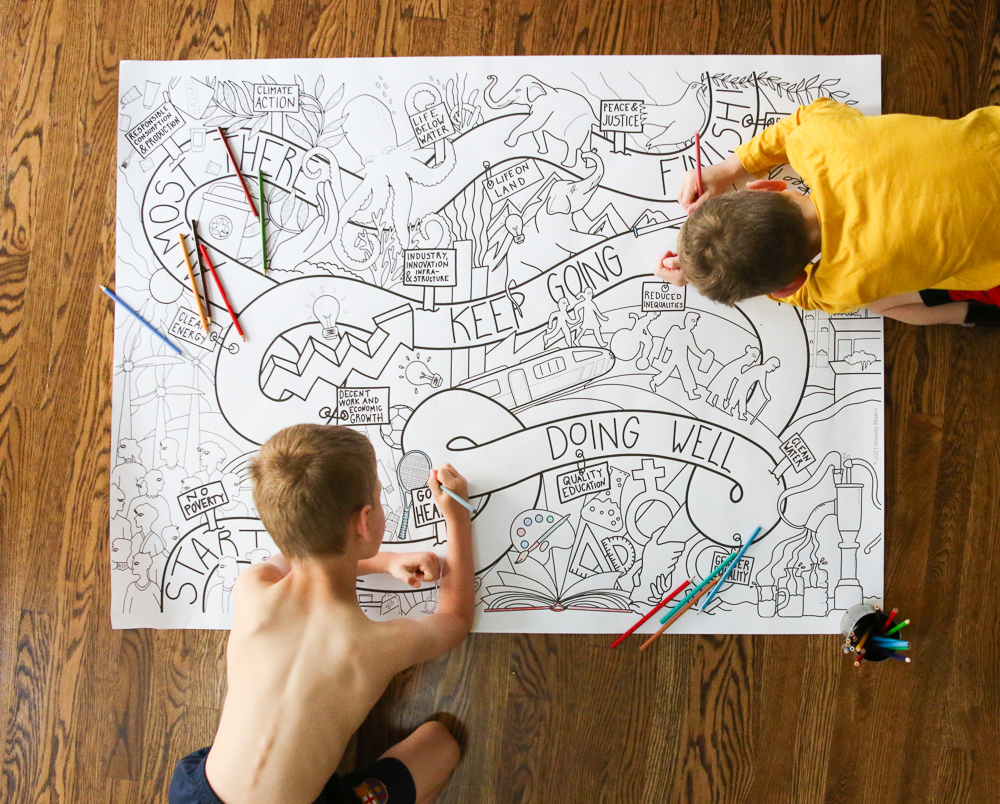
Learn More & Download The Free Coloring Poster
To learn more about the FREE coloring poster and see all 17 picture book lists, head to the United Nations Sustainable Development Goals Coloring Poster and Picture Book List homepage. Alternatively, simply sign up for our email list below and receive a link to download the FREE coloring poster.
What Are The United Nations Sustainable Development Goals?
In 2015, the United Nations adopted 17 Sustainable Development Goals (SDGs), a collective framework for peace and prosperity for people and the planet, now and into the future. The Sustainable Development Goals have broad intentions to end poverty and other deprivations while recognizing the need to simultaneously improve health and education, reduce inequality, spur economic growth, and tackle climate change.
Reduced Inequalities | United Nations Sustainable Development Goal #10
Inequality is an issue is every country and also between countries. The tenth United Nations Sustainable Development Goals strives to achieve equality among people within countries and between countries with respect to income, trade, equal rights, and more. To facilitate such equality, the goal incorporates principles like inclusion as well as important international topics like migration and refugees.
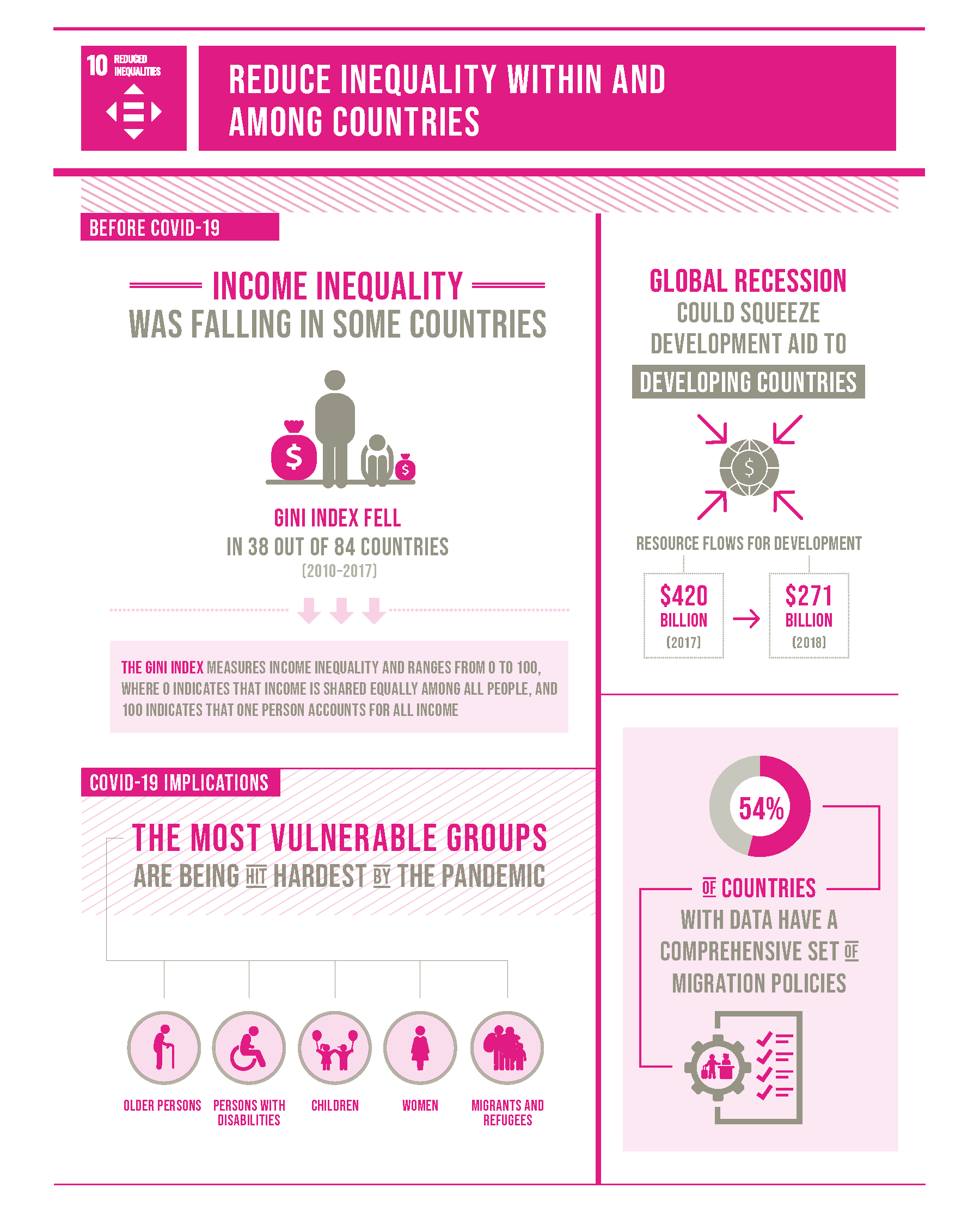
A Note on Buying and Borrowing Books
We include affiliate links to books we recommend. If you purchase through one of these links, Honestly Modern earns a very small commission that has no impact on your purchase price.
If you can find the books from your local library, from a friend, at an independent bookstore, or through a used book shop, those sources are ideal. Using the library is zero waste, saves money, and saves space in your home because you can read all the books without storing all the books on your bookshelves. If you’re not sure of the best way to use your local library, check out these tips to make the most of your local library. With a little exposure, your kids will learn to LOVE the library!
If you prefer to listen to audiobooks, we recommend using Libro.fm, our favorite audiobook app. We’ve tried several audiobook apps and love that Libro.fm supports independent bookstores and offers a great user experience.
Picture Books About Equality, Inclusion, and Refugees
The following list of picture books about equality, inclusion, equal rights, migration, and refugees introduces readers to the variety of types of people in our world and the different circumstances under which many people live. These books can help readers gain perspective about their place in the world relative to others and the importance of welcoming those who are different from themselves.
Picture Books About Immigrants & Refugees
My Two Border Towns by David Bowles
Each weekend, a young boy and his father cross the border from the United States to Mexico with a list of things to buy and family and friends to see. The young boy shares the stories of the two border towns from his perspective and reflects on how they are the same and different.
On the way home, they stop to share some of their purchases with friends who are refugees stuck at the border, not allowed to be in either the United States or Mexico. While the boy doesn’t entirely understand why his friends can’t come live near him, he shows young readers how immigrants and refugees are kids and parents and people just like the rest of us, looking for a safe and prosperous home.
Ages 4 – 8 | Pages 40
Refugees and Migrants (Children in Our World) by Ceri Roberts
Refugees and Migrants discusses the questions “What does it mean to be a refugee or a migrant?” and “Why would people leave their homes?” in terms that are appropriate and accessible for young children. It answers kids’ questions, offers reassurance, and empowers them with ways they can help those affected. Powerful illustrations complement the words in this non-fiction book to help more children understand how they can help others who are migrants and refugees.
Ages 6 – 10 | Pages 32
Areli Is a Dreamer: A True Story by Areli Morales, a DACA Recipient
Areli comes to the United States from Mexica to meet her parents and brother who are already in New York City. While it was very different from Mexico, New York eventually become her home. This is a story about one girl’s experience growing up in the United States and became a DACA recipient. Through her eyes, children can see the perspective of growing up as an immigrant in the United States.
The Deferred Action for Childhood Arrivals (DACA) is an immigration policy that has provided relief to thousands of undocumented children, referred to as “Dreamers,” who came to the United States as children and call this country home.
Ages 4 – 8 | Pages 40
Four Feet, Two Sandals by Karen Lynn Williams
Two girls meet in a refugee camp over a single pair of sandals. They become friends and readers gain insight into a bit of their life in a refugee camp. Without enough money for sandals, they share a pair of sandals and this becomes a tangible piece of the bond between the two girls in their new home.
Ages 7 – 10 | Pages 32
Home Is in Between by Mitali Perkins
Shanti misses the warm monsoon rains in India. Now in America, she watches fall leaves fly past her feet. While her family’s apartment feels like a village from India, everything outside is different. Back and forth, Shanti trudges between her two worlds. She remembers her village and learns about her new town. She watches Bollywood movies at home and Hollywood movies with her friends. She is Indian. She is also American.
Ages 3 – 6 | Pages 40
One Green Apple by Eve Bunting
As an immigrant to a new country, a young girl doesn’t speak in school because she does not know the language and everything sounds so foreign to her. On a class trip to an apple orchard, she hears her classmates laughing and recognizes that sound. Another classmate befriends her and begins to teach her a few new words and classmates’ names as she starts to feel more comfortable in her new community.
Ages 4 – 7 | Pages 32
My Two Blankets by Irena Kobald
A girl moves to a new country with her aunt and everything feels foreign. She clings to an old blanket, the only thing that brings her comfort. Another girl at the park befriends her and slowly teaches her the new language. As she learns the new language, her comfortable blanket, which is also a metaphor for her comfort level generally, begins to shift and include more pieces of her new home.
Ages 6 – 9 | Pages 32
King of the Sky by Nicola Davies
This sweet story shares the sense of dislocation new immigrants feel when coming to a new country and the importance of building relationships with others, young and old, to begin to feel like part of the community.
Ages 4 – 8 | Pages 48
A Different Pond by Bao Phi
As a young boy, Bao Phi awoke early, hours before his father’s long workday began, to fish on the shores of a small pond in Minneapolis. Bao and his father fished for food, not recreation, as they did not have enough money to buy food from the grocery store regularly. A successful catch meant they could share a nice family dinner.
Between hope-filled casts, Bao’s father told him about a different pond in their homeland of Vietnam. Through this story, readers catch a glimpse into the life of immigrants who are acclimating to a new culture while also bringing elements of their own culture to their new home.
Ages 6 – 8 | Pages 32
Watercress by Andrea Wang
Driving through Ohio in an old Pontiac, a young girl’s parents stop suddenly when they spot watercress growing wild in a ditch by the side of the road. Grabbing an old paper bag and some rusty scissors, the whole family wades into the muck to collect as much of the muddy, snail-covered watercress as they can.
At first, she’s embarrassed. Why can’t her family get food from the grocery store? But when her mother shares a story of her family’s time in China, the girl learns to appreciate the fresh food they foraged. Together, they make a new memory of watercress and readers can appreciate different cultural habits and practices among us.
Ages 4 – 8 | Pages 32
Watch Me: A Story of Immigration and Inspiration by Doyin Richards
Joe, the protagonist in the book, immigrates to America from Africa as a young person. He succeeds despite expectations that he might fail. Here is a moving and empowering story of how many different people, from different places, make us great.
Ages 3 – 5 | Pages 40
Passage To Freedom: The Sugihara Story by Ken Mochizuki
A young boy tells the true story of his father, a Japanese consul to Lithuania, who disobeyed the orders of the Japanese government to provide thousands of visas to Polish refugees searching for freedom from the Nazis in the 1940s. This book is a bit long but such a wonderful story of following one’s conscience to help those in need when political institutions are treating them unjustly.
Ages 6 – 11 | Pages 32
Picture Books About People With Disabilities
All the Way to the Top: How One Girl’s Fight for Americans with Disabilities Changed Everything by Annette Bay Pimentel
Jennifer Keelan was a young girl around the time the United States Congress was debating the Americans with Disabilities Act, a law that would make public spaces much more accessible to people with disabilities. She was determined to advocate for greater accessibility for herself and other disabled people, especially after experiencing many frustrating setbacks and exclusions at school and in her community.
This is the true story of how Jennifer climbed the Capitol stairs without her wheelchair to fight for equality for disabled Americans.
Ages 4 – 8 | Pages 32
Emmanuel’s Dream: The True Story of Emmanuel Ofosu Yeboah by Laurie Ann Thompson & Sean Qualls
A little boy is born to a poor mother in Ghana. He has one deformed leg and can never properly walk. Despite being considered cursed by many in his community, he persevered through many challenges in life and eventually taught himself to ride a bicycle with one leg. He wanted to show others that disability doesn’t mean inability, so he rode his bicycle for 400 miles around Ghana to share his message. This book is based on a true story and such a great reflection on the ability of children who otherwise are considered disabled.
Ages 4 – 8 | Pages 40
What Happened To YOU? by James Catchpole
On the playground having fun, several kids start asking Joe (who is missing one leg) what happened to his leg. He gets frustrated with all the questions. He tries to ignore them and deflect and even make jokes about them at times.
Eventually, the kids start playing together and ignoring his missing leg. The characters, who have no names initially, become more alive with names and brighter personalities when the focus on physical appearance withers.
In the end, the other kids come to understand that it doesn’t matter why Joe is missing one leg, and it’s more respectful if they don’t ask too many questions about it.
Ages Baby – 5 | Pages 32 (I don’t normally disagree with the ratings on these, but I think this is great for older kids too)
Picture Books About Racial Equality
Freedom Summer by Deborah Wiles
Two young boys are friends in the South in the United States around the time of the Civil Rights movement. When the Civil Rights Act is passed, they are excited to be able to visit places the town pool together. However, they learn that new laws aren’t the only thing that needs to change. Overhauling cultural expectations is even harder than passing new laws to promote justice.
Ages 4 – 8 | Pages 32
Martin’s Big Words by Doreen Rappaport
With captivating illustrations, the author weaves together her own words with those of Dr. Martin Luther King to tell the story of King’s life in a way that is simple and accessible for children.
Ages 4 – 8 | Pages 40
The Other Side by Jacqueline Woodson
A young Black girl wonders what lay on the other side of the fence at the edge of her yard, a fence her mother tells her never to cross. Eventually, a young white girl hangs out on the fence each day, and over time, the two girls begin talking to each other and become friends. Although neither is allowed to go beyond the fence, their entire relationship builds while sitting on the fence together. This story reminds kids that just because we look different, we can still be friends. And even if there are societal barriers today, we can work to overcome them in the future.
Ages 5 – 8 | Pages 32
Picture Books About Gender Equality
Not All Princesses Dress in Pink by Janie Yolen
This book includes a forward and a letter to grown-ups to read before sharing this book with children. The writers do a great job of summarizing the book, so I’ve included the following excerpts to describe the book, which includes characters of all colors, races, and genders.
This book provides an introduction to the concepts of allyship and intersectionality for elementary school-aged children and their families, using the simple idea of “making room.” “Making room” goes beyond allowing somebody physical space. It means acknowledging our complex identities as sources of power within classrooms, communities, and cultures rather than treating difference as a threat, vulnerability, or a source of shame.
Through this book, the authors hope to help give us the language and a starting point for educating our children to be allies as youngsters instead of waiting to discuss this idea and our responsibilities related to it until we are adults.
Ages 3 – 8 | Pages 32
You can also check out this entire list of picture books about Gender Equality and Sustainable Development Goal #5.
Picture Books About General Differences Between People
Same, Same But Different by Jenny Sue Kostecki-Shaw
Two young boys who live on different sides of the world compare the everyday parts of their lives from school, dinner, and their homes. While the things in their lives, like school buses and food at the table, are different, the cadence of their daily lives is very similar. They really aren’t that different at all!
Ages 4 – 7 | Pages 40
Love The Earth by Julian Lennon
Through this interactive book, readers take an adventure on the White Feather Flier to see all the ways that they can help and show love to others around the world. The book includes caring for other humans as well as animals, so it’s not specifically related to reduced inequalities among humans. However, it does bring attention to many marginalized groups around the world who benefit from the love we show as a global community.
This book is part of the White Feather Flier series that includes Heal The Earth and Touch The Earth | Check out the Entire White Feather Flier Box Set
Ages 3 – 6 | Pages 40
The Big Umbrella by Amy June Bates
No matter what you look like, how much money you have, or any other characteristic that might superficially define you, there is always space to welcome more people into the proverbial umbrella to protect them from the rain of life. All are welcome.
Ages 4 – 8 | Pages 40
This Is How We Do It by Matt Lamothe
This non-fiction book followed one day in the lives of seven kids from around the world. Each page highlights the seven different ways that each child does something common like go to school, eat dinner, or play with their friends. While we are unique and in some ways feel different, we also have some really common aspects of our lives that can bring us together. Having exposure to other ways of life helps kids begin to appreciate the benefits of diversity, and people shouldn’t be feared or disliked just for being different.
Ages 5 – 8 | Pages 52
Do you have any other picture books about equality, inclusion, migration, and refugees that should be added to this list? If so, leave them in the comments!
And if you have not done so already, be sure to check out the other booklists aligned with the United Nations Sustainable Development Goals and print out the FREE Coloring Poster!
